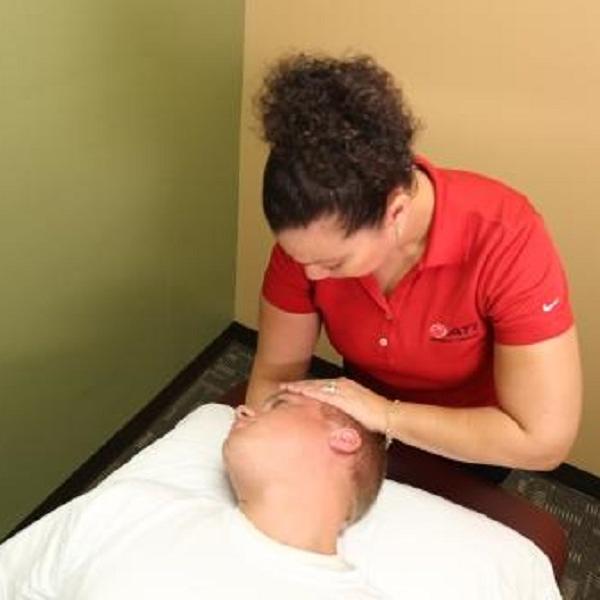
You never know when it’ll hit you – that wave of dizziness, that bout of nausea, that shock of experiencing a spinning sensation.
Many people don’t understand it. They don’t know why they’re having balance issues or what’s causing them or how to prevent them. Eventually, they begin to develop an anxiety and fear of not knowing what’s happening or when it’ll happen next.
The good news is that there are treatments for balance disorders, and many come in the form of physical therapy, says Tracy Wiebking, physical therapist at ATI Physical Therapy in Bear, DE.
How can you treat balance issues through physical therapy?
Each balance disorder is treated differently, says Tracy. BBPV (short for Benign Paroxysmal Positional Vertigo) is a common balance disorder caused by tiny crystals that come loose in the inner ear and therefore trigger vertigo sensations. Often, BPPV can be treated in one or two visits, as the physical therapist helps realign the inner ear crystals to resolve the issues. Other balance issues, whether they’re peripheral or central, may take anywhere from one month to one year to treat.
What symptoms should you look for?
The key symptom to look for is dizziness when you change position, says Tracy. If you experience disorientation after moving your head, bending down, lying in bed, or sitting down, then you may have a balance disorder that can be treated through vestibular rehabilitation.
When should someone get treatment?
The sooner, the better! The longer you wait to get treatment, the more one vestibular organ (either the left or the right) will have to compensate for the other. Over time, the balance issues may get worse, which is why it’s best to get treatment as early as possible, says Tracy.
How long does treatment last?
As she mentioned, some treatment takes longer than others, depending on a patient’s condition. However, it’s imperative that patients complete their at-home exercises to help their recovery process.
“I tell them they’re going to feel generally ‘yucky’ after doing their at-home exercises at first,” says Tracy. “It’s not fun, but it’s normal, and eventually those repeated exercises help the patient see major improvements.”
If you are one of the 69 million Americans who experiences balance issues, consider coming in for a complimentary screening and learn if vestibular rehabilitation is a good treatment option for you.
